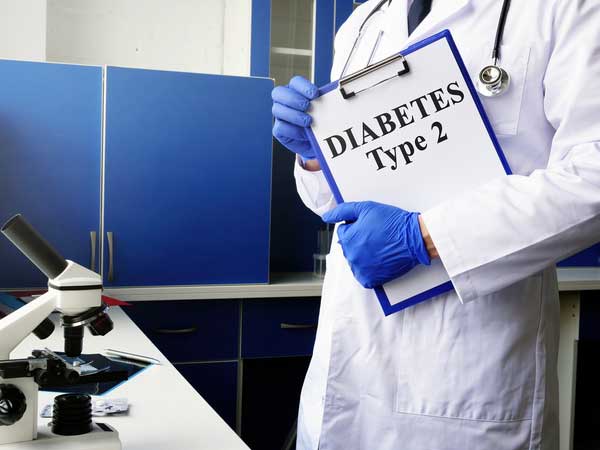Type 2 diabetes and pre-diabetes are pervasive health concerns with far-reaching implications. Their connection to heart disease, stroke, and other serious health issues underscores the need to comprehend the underlying processes that give rise to these conditions. In this comprehensive exploration, we will unravel the complex journey from insulin resistance to hyperglycemia, shedding light on the key factors involved.

The Crucial Role of Glucose Metabolism
At the heart of diabetes development lies the intricate management of glucose, the sugar molecules derived from the foods we consume. After digestion, these sugar molecules, known as glucose, travel through the intestines into the bloodstream, where they become a vital energy source for various bodily functions. However, certain cells, particularly liver, fat, and muscle cells, depend on insulin to facilitate the absorption of glucose.
Insulin, a hormone produced in the pancreas, is central to this process. The emergence of insulin resistance, wherein the body’s responsiveness to insulin diminishes, represents a pivotal moment in the path to diabetes. Initially, the pancreas attempts to compensate by producing greater quantities of insulin, leading to elevated insulin levels in the bloodstream.
The Complex Connection with Dyslipidemia
Elevated insulin levels exert a profound impact, extending beyond glucose metabolism to influence lipid and lipoprotein levels in the body. Dyslipidemia, a condition characterized by aberrant lipid and lipoprotein profiles, often accompanies insulin resistance. Elevated insulin levels can prompt the release of harmful cholesterol particles, escalating the risk of cardiovascular complications.
Furthermore, the hormone adiponectin, responsible for lipid breakdown, may be deficient in individuals grappling with insulin resistance. These lipid and lipoprotein markers serve as valuable indicators of the extent of insulin resistance and hint at the impending risk of diabetes.
Beta Cell Dysfunction and Its Consequences
As insulin resistance persists, the pancreas finds itself under increasing pressure to generate more insulin. Over time, this leads to the strain and dysfunction of the beta cells responsible for insulin production. Beta cell dysfunction translates to reduced insulin production, setting the stage for elevated glucose levels in the bloodstream—a condition known as hyperglycemia.
Navigating the Perils of Prolonged Hyperglycemia
Hyperglycemia, characterized by consistently elevated blood sugar levels, is the hallmark of both pre-diabetes and diabetes. With inadequate insulin levels, glucose remains in the bloodstream, disrupting the body’s ability to regulate blood sugar effectively. Excess glucose can trigger a host of complications, including neuropathy, where damaged nerves result in numbness, muscle weakness, and a range of other issues.
Moreover, sustained hyperglycemia has dire consequences for the cardiovascular system. Excess glucose in the bloodstream can contribute to the buildup of plaque in blood vessels, a condition known as atherosclerosis. Over time, this plaque can grow, rupture, and lead to cardiovascular diseases such as heart attacks or strokes.
Conclusion
In summary, the development of type 2 diabetes and pre-diabetes is an intricate journey marked by high insulin levels, dyslipidemia, beta cell dysfunction, and the resulting hyperglycemia. Left unchecked, these conditions can pave the way for severe complications, including neuropathy and cardiovascular diseases. By gaining insight into these underlying mechanisms, individuals can proactively manage their risk factors, make informed choices, and safeguard their health. Stay informed and vigilant—your well-being is in your hands.
